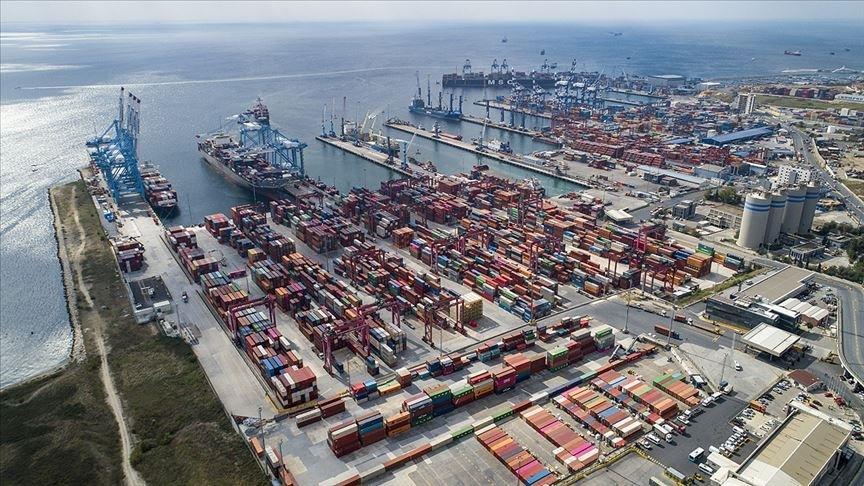
The Turkish economy grew by 4.8 percent year-on-year in the second quarter of 2025, exceeding expectations, according to the data from the statistics authority on Sept. 1.
In the first quarter of 2025, the Turkish economy expanded by 2.3 percent annually.
Despite challenging global conditions, the Turkish economy continues to grow steadily and inflation continues to decline, Finance Minister Mehmet Şimşek said, commenting on the latest GDP numbers.
“With the program we are implementing, we are progressing confidently toward our goals,” he added.
The minister noted that consumption and investment maintained a balanced trajectory.
“According to the World Bank classification, our likelihood of joining the high-income countries group in 2025 has increased,” he added.
"In the coming period, we expect growth to gradually converge toward its potential, thanks to more favorable financial conditions and reduced global uncertainties,” he said.
“We will soon share our medium-term program [2026-28] with the public, which will further advance our achievements. We will continue to implement our program with determination, in line with our goals of price stability and sustainable high growth,” Şimşek said.
Gross domestic product (GDP) at current prices soared 43.7 percent to 14.62 trillion Turkish liras ($377.6 billion) in April-June, the Turkish Statistical Institute (TÜİK) announced on Sept. 1.
Last week, economists participating in the survey by Anadolu Agency predicted that the GDP growth rate of the country would be 3.87 percent.
On a quarterly basis, GDP increased by 1.6 percent in the three months to June, up from 0.7 percent in the previous quarter.
Households’ final consumption expenditures rose by 5.1 percent year-on-year in the second quarter, accelerating from a 1.6 percent increase recorded in the previous quarter. Household spending accounted for 54.3 percent of GDP during the April–June period.
In contrast, government final expenditures, which had increased by 1.9 percent in the first quarter, declined by 5.2 percent annually in the second quarter.
Meanwhile, fixed capital formation saw a notable upswing, with annual growth accelerating from 1.8 percent in the first quarter to 8.8 percent in the second quarter.
Exports of goods and services rose by 1.7 percent in the second quarter, up from a modest 0.1 percent increase in the previous period. Meanwhile, imports surged, with annual growth accelerating from 2.7 percent to 8.8 percent,
The industry sector expanded by 6.1 percent year-on-year in the second quarter of 2025, recovering from a 1.7 percent contraction in the first quarter. Within the sector, manufacturing output rose by 7 percent, a sharp turnaround from the 2.4 percent decline recorded in the previous quarter.
Meanwhile, the construction sector maintained its upward momentum, with output growth accelerating from 8.6 percent in the first quarter to 10.9 percent in the second quarter.
In contrast, the agriculture sector continued to struggle. After growing 5.1 percent over the course of 2024, agricultural output contracted by 3.5 percent in the second quarter of 2025, following a 2.1 percent decline in the first quarter. The agriculture sector has been impacted by climate change-related challenges, including extreme weather events, prolonged drought, and agricultural frost.